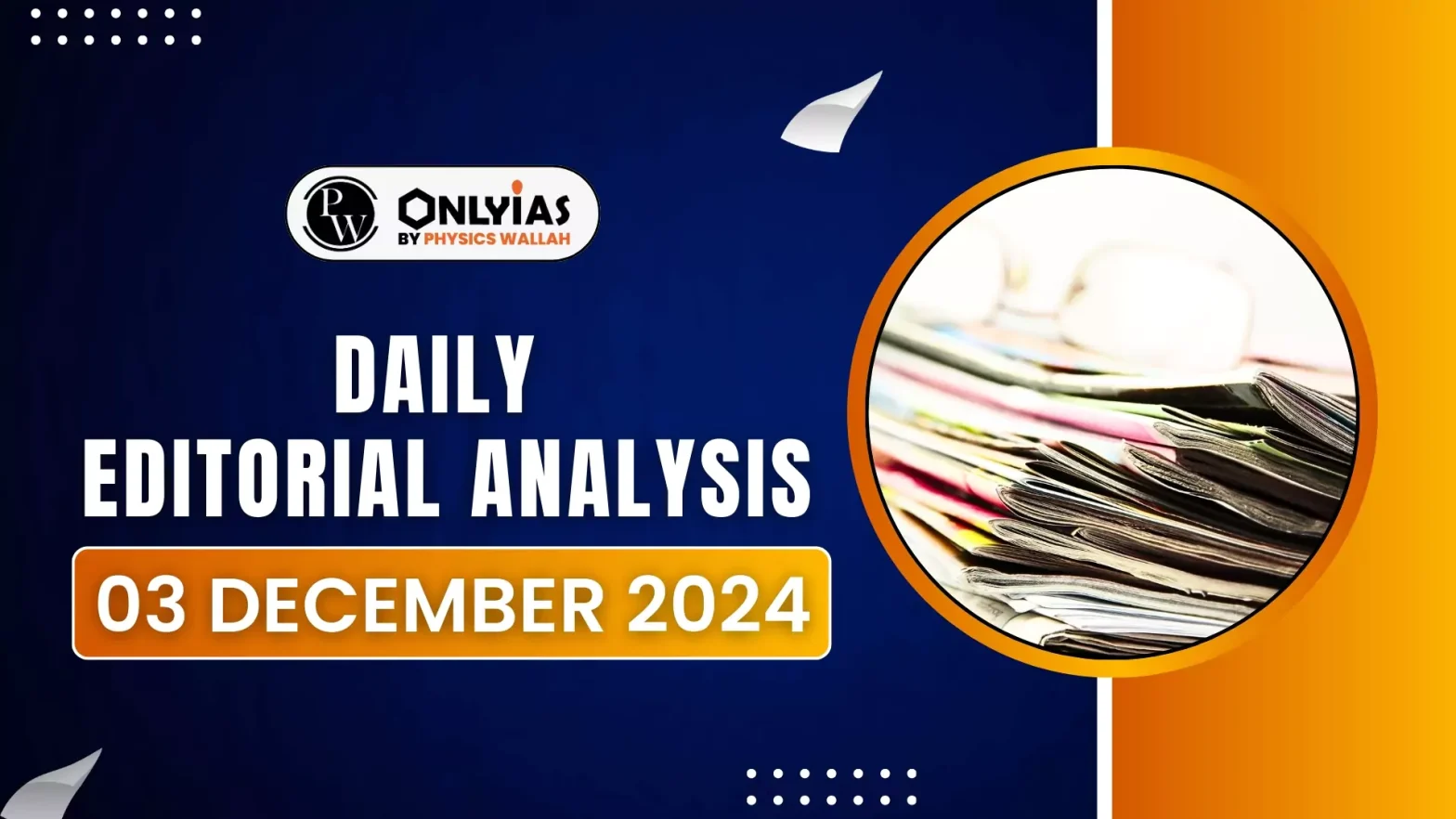India’s overcrowded prisons, with a 131.4% occupancy rate and 75.8% undertrials, highlights the urgent need for reforms.
- The Supreme Court’s report “Prisons in India: Mapping Prison Manuals and Measures for Reformation and Decongestion” has proposed measures, including electronic tracking, to address this issue.
Overcrowding of Prisons
- As per NCRB 2022 data, prisons have a 131.4% occupancy rate, housing 5,73,220 inmates against a capacity of 4,36,266.
- 75.8% of inmates are undertrials, leading to prolonged detention without conviction.
- In a functioning democracy, bail is the norm, and jail is the exception.
- However, in India, the slow judicial process and high costs make bail a privilege mostly for the rich, while many undertrials, especially the poor, are stuck in jail.
Enroll now for UPSC Online Course
Electronic Tracking and its Benefits
Electronic tracking of undertrial prisoners involves using devices like ankle or bracelet monitors to ensure compliance with bail conditions.
It is proposed as a cost-effective alternative to incarceration, aiming to decongest overcrowded prisons while maintaining surveillance.
Benefits
- Addressing Prison Overcrowding: Electronic tracking could serve as an alternative to incarceration, reducing the prison population.
- Cost-Effectiveness: The annual cost of housing an undertrial prisoner in Odisha is approximately ₹1 lakh.
- In contrast, electronic trackers are estimated to cost ₹10,000–₹15,000 per device.
- Reduction in Administrative Burden: Monitoring undertrials electronically would require fewer resources compared to traditional methods involving significant human resource deployment.
- Enhanced Oversight: Trackers enable real-time location monitoring, aiding law enforcement in ensuring compliance with bail conditions.
- Global Practices: Cited examples from countries like the USA highlight the logistical benefits of electronic monitoring over conventional parole or bail supervision.
Challenges of Electronic Tracking
- Privacy Concerns
- Judicial Observations: In July 2023, the Supreme Court held that continuous electronic surveillance violates Article 21 of the Constitution, emphasizing the right to privacy.
- Precedents: Recently, conditions such as GPS monitoring mandated by the Delhi HC were struck down due to their invasive nature.
- Body Autonomy Violations: The 268th Law Commission report acknowledged the grave and significant impact of such measures on constitutional rights.
- Psychological and Social Stigma
- Stigmatization: Visible devices, such as ankle or bracelet trackers, could lead to social ostracism and exacerbate mental health issues like depression and anxiety. This could be even worse for undertrials who have not been proven guilty.
- Community Impact: Lessons from the USA highlight how such measures disproportionately affect marginalized communities, which mirrors India’s overrepresentation of SC, ST, and OBC individuals in prison populations.
- Financial Implications
- Bearing the Costs: In jurisdictions like the USA, individuals are often made to bear the costs, but in India, the social reality is different.
- The Indian government is suggested as the primary financier, which could lead to financial strain.
- Potential Inequities: Charging monitored individuals could widen the socio-economic divide and create additional barriers to rehabilitation.
- E-Incarceration: This has been described as incarceration by a different name, potentially leading to unjust punitive measures outside of prison walls.
- Risk of Over-Surveillance
- Excessive Control: Reports from the USA describe electronic monitoring as “e-carceration,” extending carceral control beyond prison walls.
- Additional Invasions: Practices like random drug testing, DNA sampling, and warrantless home searches are associated with electronic monitoring, further encroaching on personal liberties.
Check Out UPSC CSE Books From PW Store
Recommendations
- Limited Application
- Targeted Use: The Law Commission of India (268th Report) recommends restricting electronic monitoring to heinous crimes and repeat offenders.
- Legislative Amendments: Criminal laws must explicitly define the scope of such measures.
- Consent-Based Implementation
- Voluntary Participation: The Parliamentary Standing Committee on Home Affairs emphasizes the need for informed consent from individuals before imposing electronic tracking.
- Human Rights Considerations: Adequate safeguards must be established to prevent misuse and ensure dignity.
- Balancing Privacy and Public Safety
- Guardrails for Surveillance: Policies should focus on minimizing invasiveness, ensuring that monitoring does not extend into areas of personal autonomy unless strictly necessary.
- Periodic Review: Regular assessment of the ethical and legal implications of electronic monitoring is essential to address emerging concerns.
Conclusion
Electronic tracking presents a potential alternative to incarceration but its implementation must be balanced with safeguards to uphold individual rights, minimize societal stigma, and prevent systemic inequities. A measured, rights-based approach with appropriate legislative and procedural guardrails is essential to harness its benefits effectively.
![]() 3 Dec 2024
3 Dec 2024

